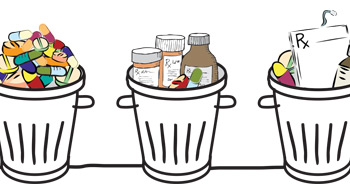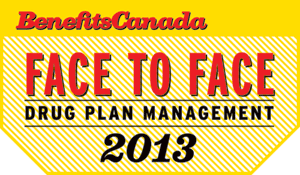
Private drug plans in Canada are facing an uncertain future. While the costs of many medications have decreased over the past few years as generics began replacing many commonly used medications coming off patent, those savings have been offset by the introduction of new, more effective and more costly medications; the rise in chronic diseases, such as diabetes; and expensive biologic and specialty treatments.

The area of extended health benefits doesn’t often lend itself to controversy across multiple stakeholder groups. That’s not to say the challenges impacting the space are not dynamic, and at times complicated, but there are very few issues that are fraught with polarizing views. The most debated drug plan issue of the day appears to be that of the impact of brand name drug cards. (I’ve also heard them referred to as patient choice cards or brand drug coupon cards.)

Pharmacists can play a crucial role in helping patients with hypertension improve their health by controlling their blood pressure—which would also result in reduced health plan costs.

Equitable Life of Canada is implementing the Equitable Life Specialty Drug Management Program (SDMP) as an integral part of its drug plan management strategy.

To reduce costs, plan sponsors need to eliminate prescription drug waste

The Co-operators Life Insurance Company has signed a strategic alliance agreement with the Reformulary Group.

In recent years, private drug plan sponsors have been faced with a serious issue: an increase in the number of covered individuals claiming very high-cost drugs for several years. The impact on private plans is significant and is even threatening their sustainability.

The world of pharmaceuticals is changing. New, more effective medications are replacing older ones, more biologic treatments are being developed, advances are being made in treating catastrophic illnesses, and drug patents are expiring resulting in more and more generic alternatives becoming available. Canada’s population is changing, too. Our aging population means an increased demand for […]

Non-adherence to prescribed medication and lack of communication among the various healthcare stakeholders are two of the main issues that continue to plague Canada’s workplace drug plans.

The compounded annual growth rate of private market drug costs, at an overall market level, will be in the range of 1.6% to 2.8% between 2013 and 2017, according to a report.